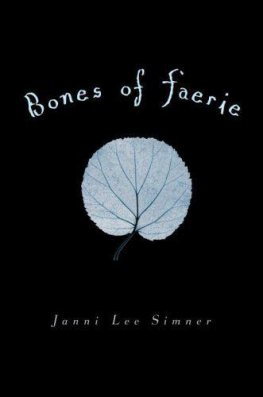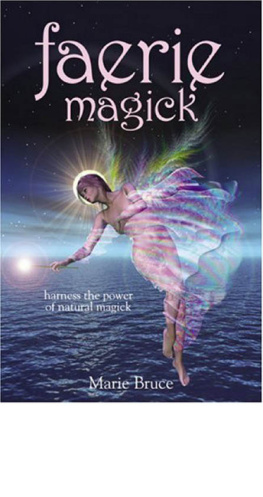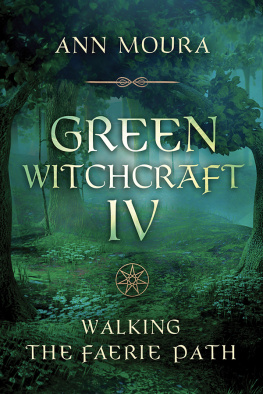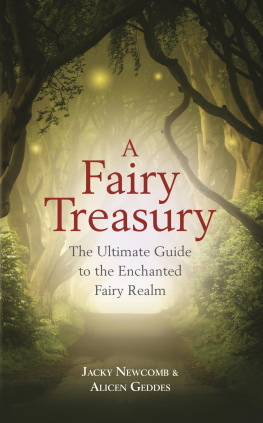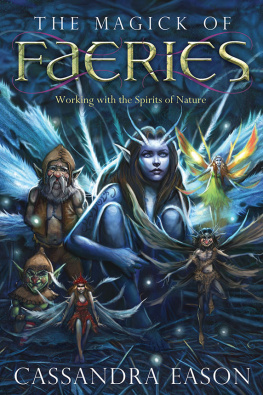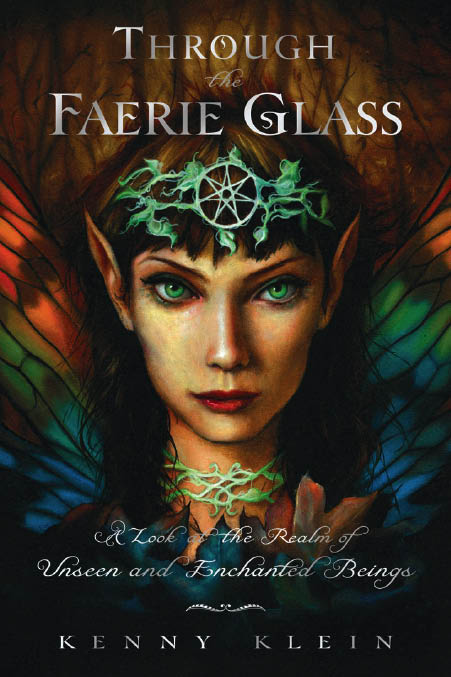

Kenny Klein (California) is a musician, performer, and lecturer who has been active in the Pagan community and on the Renaissance festival and folk music circuits for over twenty years. He has recorded numerous CDs of music and performs year round. Visit him online at www.kennyklein.net.
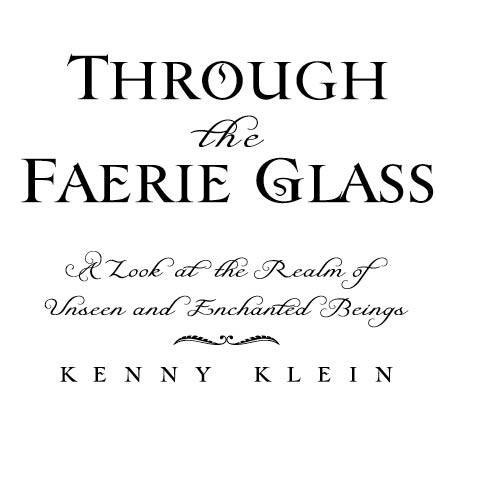

Llewellyn Publications
Woodbury, Minnesota
Through the Faerie Glass: A Look at the Realm of Unseen and Enchanted Beings 2010 by Kenny Klein
All rights reserved. No part of this book may be used or reproduced in any matter whatsoever, including Internet usage, without written permission from Llewellyn Publications, except in the form of brief quotations embodied in critical articles and reviews.
As the purchaser of this e-book, you are granted the non-exclusive, non-transferable right to access and read the text of this ebook on screen. The text may not be otherwise reproduced, transmitted, downloaded, or recorded on any other storage device in any form or by any means.
Any unauthorized usage of the text without express written permission of the publisher is a violation of the authors copyright and is illegal and punishable by law.
First e-book edition 2010
E-book ISBN: 9780738723044
Cover art Esao Andrews
Cover design by Lisa Novak
Editing by Rosemary Wallner
Llewellyn Publications is an imprint of Llewellyn Worldwide Ltd.
The Annotated Brothers Grimm, notes by Maria Tatar,. Reprinted with permission from W. W. Norton & Company, New York, 2004.
The Celtic Twilight by W.B. Yeats. Reprinted with permission from Dover 2004, unabridged replication of the work first published by A. H. Bullen, London, 1902.
English & Scottish Popular Ballads by J. F. Child. Reprinted with permission from Dover Publications, Inc. New York Dover (2003) unabridged replication of the works originally published by Houghton, Mifflin and Company, Boston, MA between 1882 and 1898.
The Great Oak and Brother Sister; Little Mos-woman, the story of a (Fairy) Tale by Aado Lintrop. Reprinted with permission from Electronic Journal of Folklore, 1997.
A History of Private Life, Volume I, From Pagan Rome to Byzantium. Paul Veyne, ed., Translated by Arthur Goldhammer. Reprinted with permission from Harvard University Press, Cambridge MA, 1992.
The Mabinogion, translated with an introduction by Jeffrey Gantz. Reprinted with permission from Penguin Classics, 1976.
Llewellyn Publications does not participate in, endorse, or have any authority or responsibility concerning private business arrangements between our authors and the public. Cover model(s) used for illustrative purposes only and may not endorse or represent the books subject matter.
Any Internet references contained in this work are current at publication time, but the publisher cannot guarantee that a specific reference will continue or be maintained. Please refer to the publishers website for links to current author websites.
Llewellyn Publications
Llewellyn Worldwide Ltd.
2143 Wooddale Drive
Woodbury, MN 55125
www.llewellyn.com
Manufactured in the United States of America


Once Upon a Time: Faeries
The Journey to Faerie
Changelings
Faerie Beasts
Faerie Music
Faerie Sexuality
Faerie Prophecy
The Changing Role of Faeries
Modern Faerie Stories
Getting to Know the Faeries in Our World
The End
The Voyage of Bran Mac Febal
of Faeries, People and Places

No matter what one doubts one never doubts the Faeries,
for, as the man with the Mohawk Indian on his arm said to me, they stand to reason.
W. B. Yeats, The Celtic Twilight



Youll begin the story, as these stories often begin, like this: Once upon a time, in a beautiful land far far away, there dwelt some lovely little Fairies.
So you want to talk about Faeries? Cute, sweet, lovely Faerie creatures? Well, I hate to be the one to change your opinion, but Faeries are scary. Yes, thats what I said: Faeries are scary, awesome, frightful creatures.
Youll argue with me. No, no, youll say. Theyre adorable, happy beings, about the size of my hand. (Maybe a little bigger sometimes, youll add.) They have pretty wings, and they hum when they fly, or they tinkle, like a bell (wasnt one of them named for that?). They are ephemeral, mercurial, flitting from flower to flower, astoundingly happy in their brief, tiny lives. Mr. Barrie said so. And those two little girls in England saw them, and could speak to them. The man who wrote Sherlock Holmes would never lie to me!
I love Faeries, youll say. They make the world a bright, happy place.
That is certainly what youll say. Youve read the books. Youve seen the movies, heard the stories, perused the pretty pictures on calendars and posters.
But are you sure?
All these things you tell me, all of your ideas about who the Kindly Ones are, and arent, are the impression of Faeries you probably gleaned from the nineteenth-century authors J. M. Barrie and Arthur Conan Doyle, from painters such as Amy Brown and Brian Froud, and from illustrators Arthur Rackham and Kate Greenaway. Your safe, fantasy-laced view of these creatures makes you believe they are magical and giggly. You may imagine them flying into your house through an open window, and nestling in the sock drawer. Mischievous but lovely; tiny and adorable.
In the social circles I inhabit, pretty, dimple-cheeked young women go to Renaissance festivals wearing Faerie wings and acting like flitting Elves. They sport green bodices with plastic leaves hanging from their waist, and green fishnet tights ending in the irony of Converse All Stars. They walk through the faire catching every eye, capturing hearts, a stunning picture of Otherworldly beauty. At night, when theyve shut off their computers, finished their LARPs, and traded their bodice for an old, ratty Rutgers sweatshirt, they dream of journeying to a magical land where handsome Faerie men romance them. Perhaps you, yourself, have worn those wings, played those LARPs, dreamed that dream?
Perhaps as a child you read the Blue and Pink Fairy books, and saw the Flower Fairy artwork of Cicely Mary Barker, or those insipid Anne Geddes creationswinged babies, grasping at green stalks and sitting prettily on tulip petals. Bright-cheeked children, standing impishly on the green, tender leaves of a dandelion. You wanted to join them, to be tiny in size and to dance on a honeysuckle. When your mother tucked you in and kissed you goodnight, you imagined bright-eyed Fairy children dancing above your bed.
Next page

